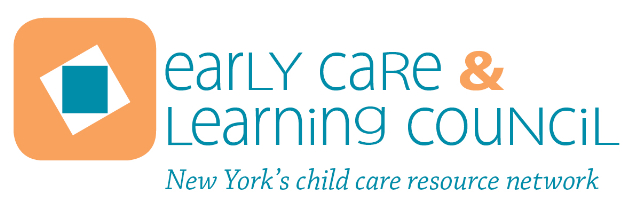Quality Child Care
What are the 10 Components of High Quality Child Care?
- Child Care Programs Following Appropriate Health and Safety Practices
New York State ensures that basic health and safety requirements are met by licensing child care centers and registering family day care homes. New York’s regulations and standards are among the highest in the nation. - Staff Well Trained in Early Childhood Development (0-3)
Staff education and training is one of the best ways to rate child care quality and predict long term success for children. - Age Appropriate Environments
Young children learn through continuously exploring and interacting with their environment. Babies and toddlers need safe spaces for quiet and active play (both inside and outdoors), safe spaces for sleeping, appropriate materials and equipment and spaces to interact one-on-one with individual caregivers. - Small Groups with Optimal Ratios
Group size and adult child ratios determine the amount of time and attention each caregiver can devote to each child. Infants need individualized care and one-on-one time for interactions and routines. - Primary Caregiver and Continuity of Care
Assigning each child a primary caregiver promotes the caring one-on-one relationships that help babies thrive. A baby develops trust and emotional security as her primary caregiver learns to respond appropriately to her unique temperament, her needs and her interests. - Active and Responsive Caregiving to Support Children’s Development
Responsive care giving requires careful observation, knowledge of child development and respect for each child’s temperament, interests and capabilities. - Curriculum, Observation and Individualized Programming
Caregivers plan for each day, individualizing activities, materials and schedules according to the routines of each child and his or her developmental stage. Observation and discussion among caregivers and families provides deeper understanding of each child and a basis for documenting developmental progress towards stated goals. - Emerging Language and Literacy
Research tells us that a caregiver is laying the foundation for language and reading when she talks aloud to a baby throughout the day, repeating back his babbling, asking him questions, reading him books, and singing him songs. - Family Involvement and Cultural Continuity
All children develop in the context of their family and cultural group. High quality child care programs respect differences and strive to become more culturally competent by inquiring about the values and beliefs of their families and incorporating cultural practices. - Comprehensive Support Services
Child care can become a family’s connection to essential community services including a medical home, mental health and social services, and therapeutic interventions. Open communication among child care and service providers creates a more holistic and accessible system for families.
For more information go to: www.zerotothree.org and https://www.naeyc.org/.
THE SULLIVAN COUNTY CHILD CARE COUNCIL, INC. DISCLAIMS AND IS NOT LIABLE FOR ANY INACCURACIES OR PROBLEMS THAT MAY BE CAUSED BY THE USE OF THE GOOGLE™ TRANSLATE FEATURE ON OUR WEBSITE.


